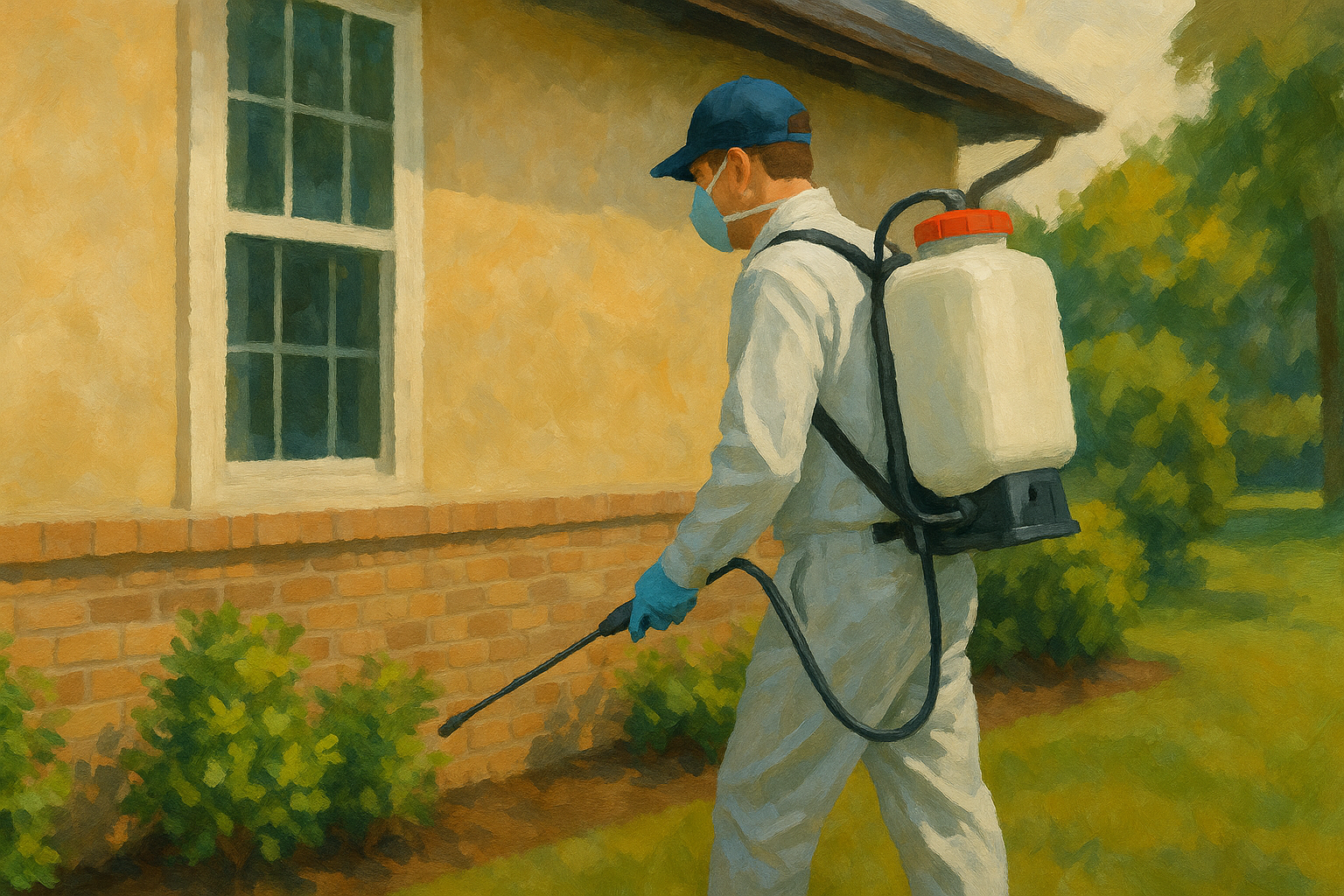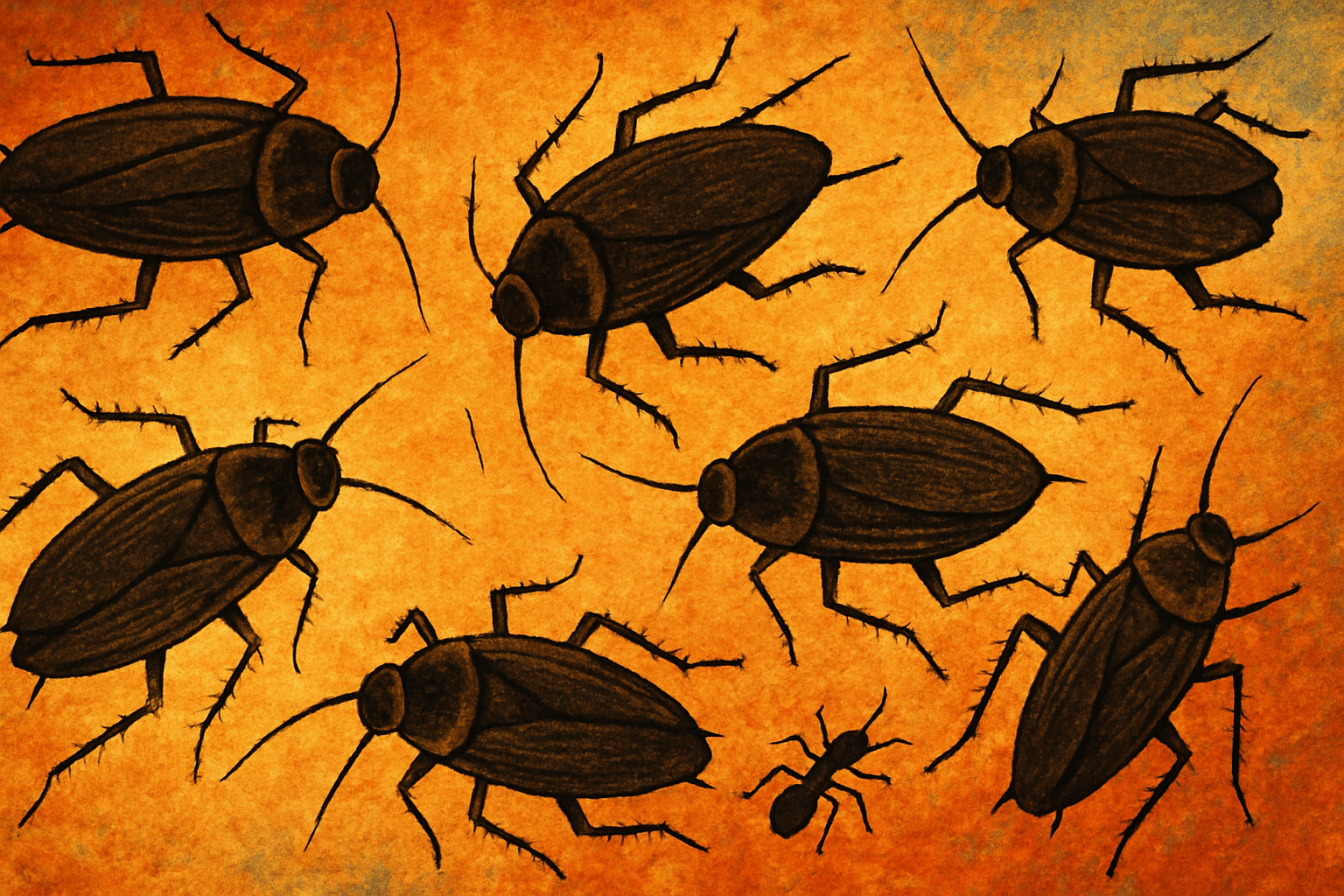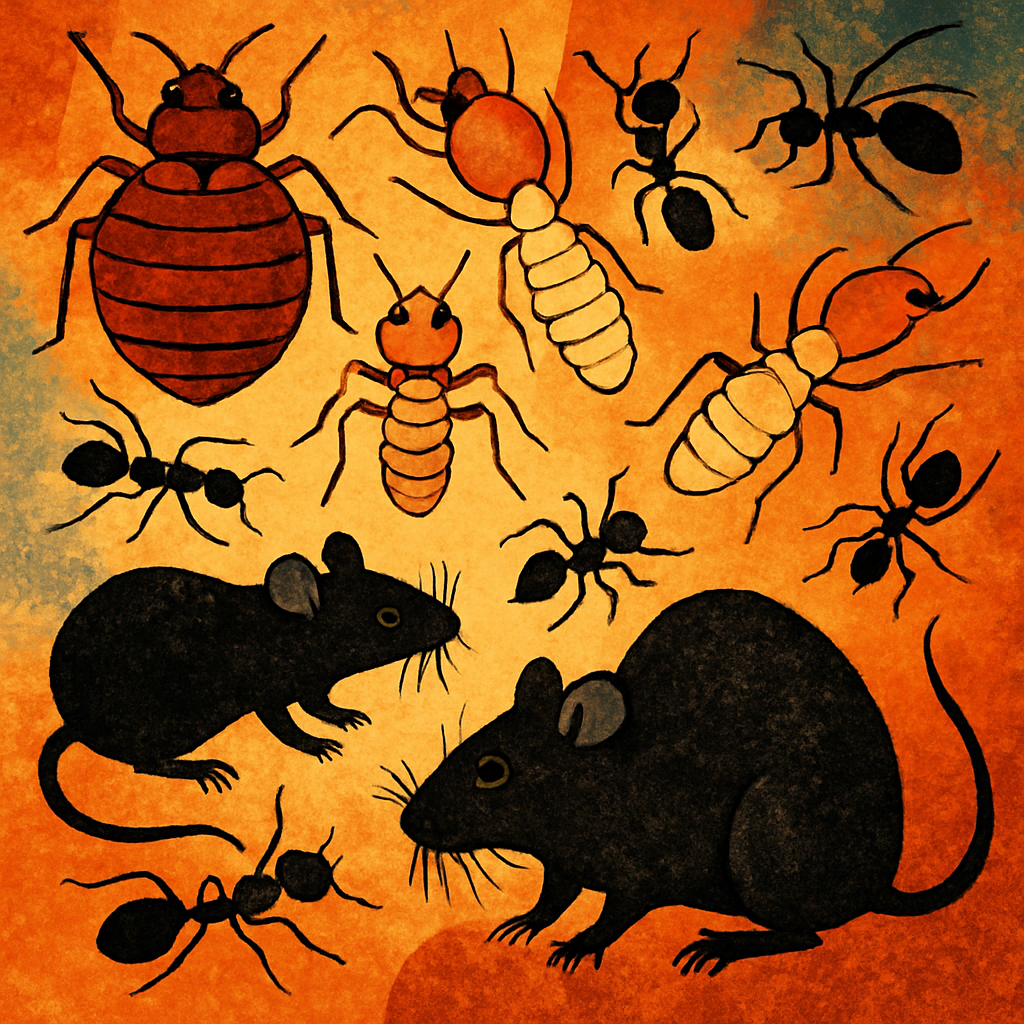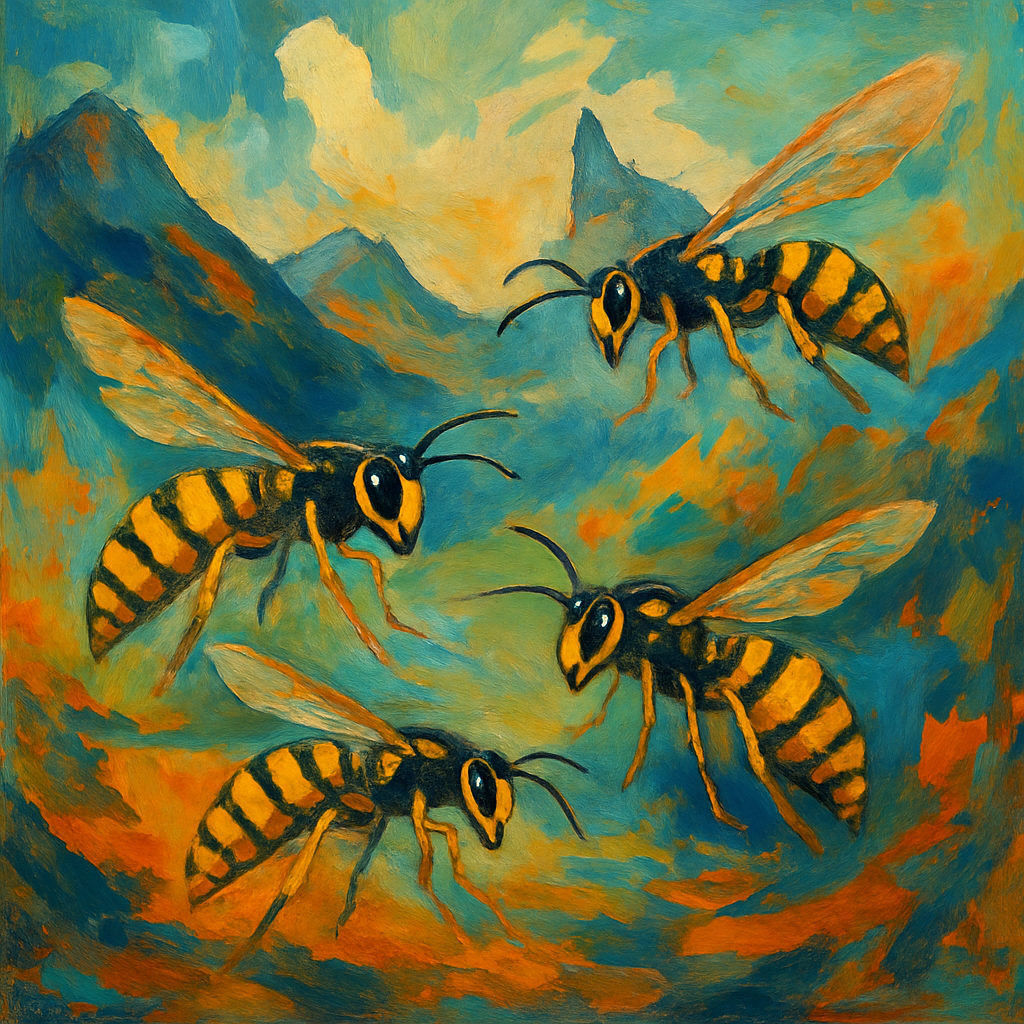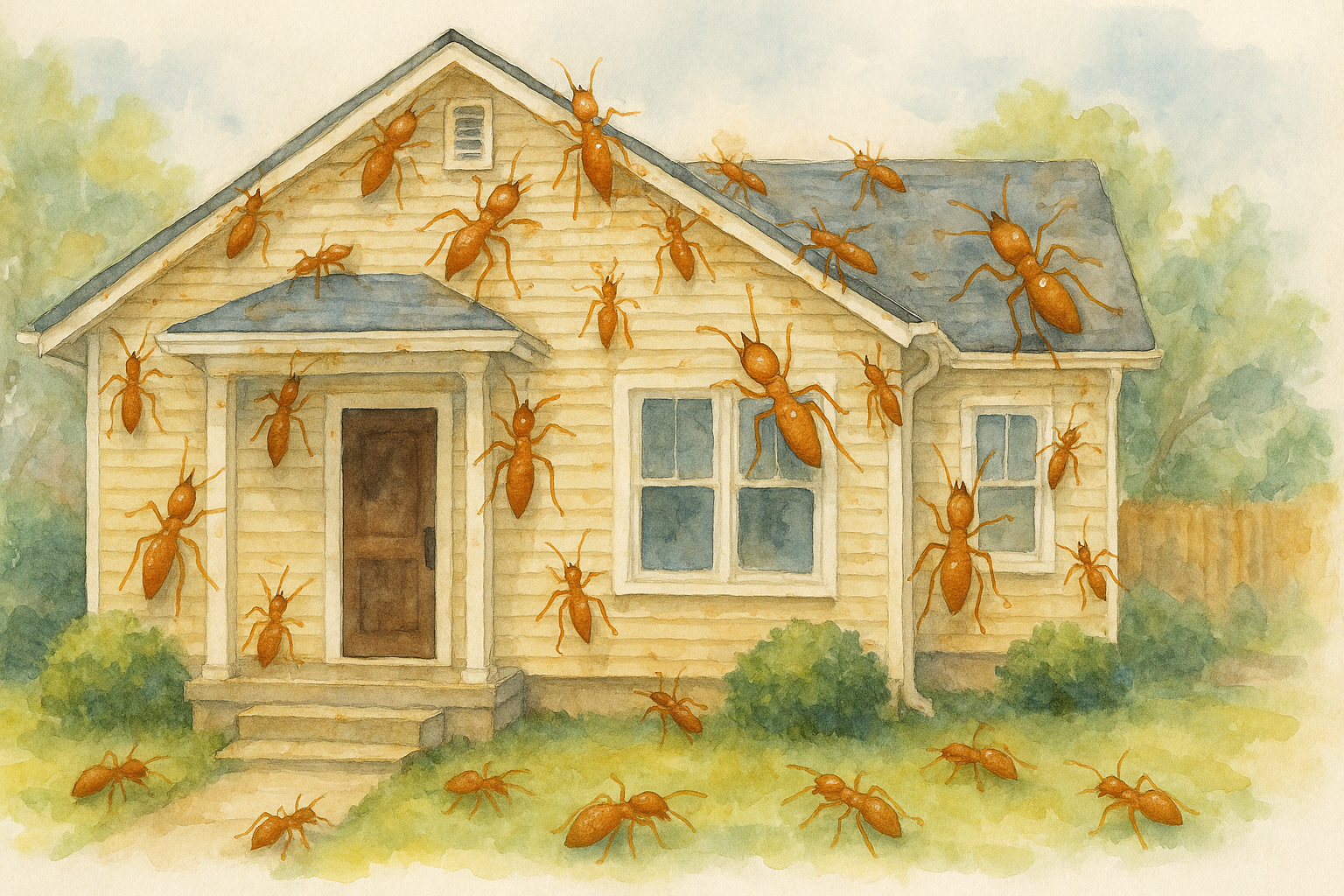Bed bugs (Cimex lectularius) are parasitic insects that feed on human blood, often leaving behind itchy welts and skin irritation. Their resurgence in recent years has brought them back into homes, hotels, and even public spaces, making them a pest no one wants to encounter. Despite their small size, bed bugs have some terrifying traits that make them an unwanted, yet resilient, invader. Here are five unsettling facts about bed bugs you wish you didn’t know.

1. Bed Bugs Are Extremely Hard to Kill
Bed bugs are notoriously difficult to eliminate once they have infested a home or building. These pests have evolved to resist many insecticides, particularly those in the pyrethroid class, which were once highly effective. Studies have found that some populations of bed bugs can survive exposure to chemicals that would have previously been lethal. In fact, bed bugs from certain areas in the U.S. have developed high levels of resistance to common insecticides, making infestations harder and more expensive to manage (Romero et al., 2007). This resistance means that pest control often requires a combination of chemical treatments, heat treatments, and even professional exterminators to fully eradicate an infestation.
2. Bed Bugs Can Live for Months Without Feeding
One of the most shocking facts about bed bugs is their ability to go without food for extended periods. Bed bugs can live for several months without feeding on blood, which allows them to remain hidden for long periods and re-emerge when a suitable host appears. Adult bed bugs can survive for up to a year without a meal in some conditions, allowing them to infest a space for a prolonged time without being noticed (Shankar, 2018).
3. Bed Bugs Can Cause Psychological Distress
Beyond the physical irritation caused by their bites, bed bugs can have a significant impact on mental health. Infestations can lead to anxiety, insomnia, and even depression. Knowing that bed bugs are feeding on you while you sleep can cause significant psychological distress, especially when infestations are difficult to control or recur. Studies have shown that the mere thought of an infestation can cause sleep disturbances and heightened stress in individuals, leading to long-term psychological consequences (Doggett et al., 2012).
4. Bed Bugs Are Resilient Travelers
Bed bugs are expert hitchhikers, easily attaching themselves to clothing, luggage, and furniture, which allows them to spread quickly from one location to another. With the increase in global travel and trade, bed bugs have been able to infest even the cleanest and most upscale hotels. Once they find their way into a home, they can spread rapidly, hiding in the smallest of crevices, including mattress seams, furniture, and electrical outlets. Their ability to travel undetected makes them a challenging pest to control (Bernardeschi et al., 2013).
5. Bed Bugs Feed Without You Knowing
Bed bugs are nocturnal feeders, and their bites are usually painless, thanks to an anesthetic in their saliva that numbs the skin. This means that you might not even realize you've been bitten until hours or days later, when the itching and welts start to appear. Bed bugs typically feed on exposed areas of skin, such as the arms, neck, and face, and can leave behind telltale "breakfast, lunch, and dinner" bite marks—clusters of bites that follow a linear pattern (Van Hooste, 2021). However, because not everyone reacts to their bites in the same way, an infestation can go unnoticed for some time.
Conclusion
While bed bugs are not known to transmit diseases, their ability to cause discomfort, psychological distress, and infest homes undetected makes them one of the most dreaded pests. Their resilience, resistance to insecticides, and ability to survive for months without food make them difficult to eliminate once they have settled into a space. Understanding these facts can help you take the necessary precautions to prevent an infestation and deal with it effectively if it occurs.
Works Cited
Bernardeschi, C., Le Cleach, L., Delaunay, P., & Chosidow, O. (2013). Bed bug infestation. BMJ: British Medical Journal, vol. 346. https://consensus.app/papers/infestation-bernardeschi/7802f6d74a215043bf1a1c79467fd065/?utm_source=chatgpt.
Doggett, S., Dwyer, D., Peñas, P., & Russell, R. (2012). Bed Bugs: Clinical Relevance and Control Options. Clinical Microbiology Reviews, vol. 25, pp. 164-192. https://journals.asm.org/doi/10.1128/cmr.05015-11.
Romero, A., Potter, M. F., Potter, D., & Haynes, K. (2007). Insecticide Resistance in the Bed Bug: A Factor in the Pest’s Sudden Resurgence? Journal of Medical Entomology, vol. 44, pp. 175-178. https://academic.oup.com/jme/article/44/2/175/862389.
Shankar, P. S. (2018). Bed Bugs. RGUHS Journal of Medical Sciences. https://journalgrid.com/view/article/rjms/1065.
Van Hooste, W. V. (2021). The Bed Bug: A Bad Bug? Tijdschrift voor Geneeskunde. https://tvgg.be/nl/artikels/de-bedwants-a-bad-bug.
Contact Today For $100 Off Your Initial Service!
⭐⭐⭐⭐⭐
Backed by our Bigfoot Guarantee!
What Customers Are Saying:
"Everyone from Bigfoot is awesome. They are always on time. They're extremely thorough. I've not had a single issue in the two years they have been treating our home. Well worth it!"
T. Potter | Meridian, ID
